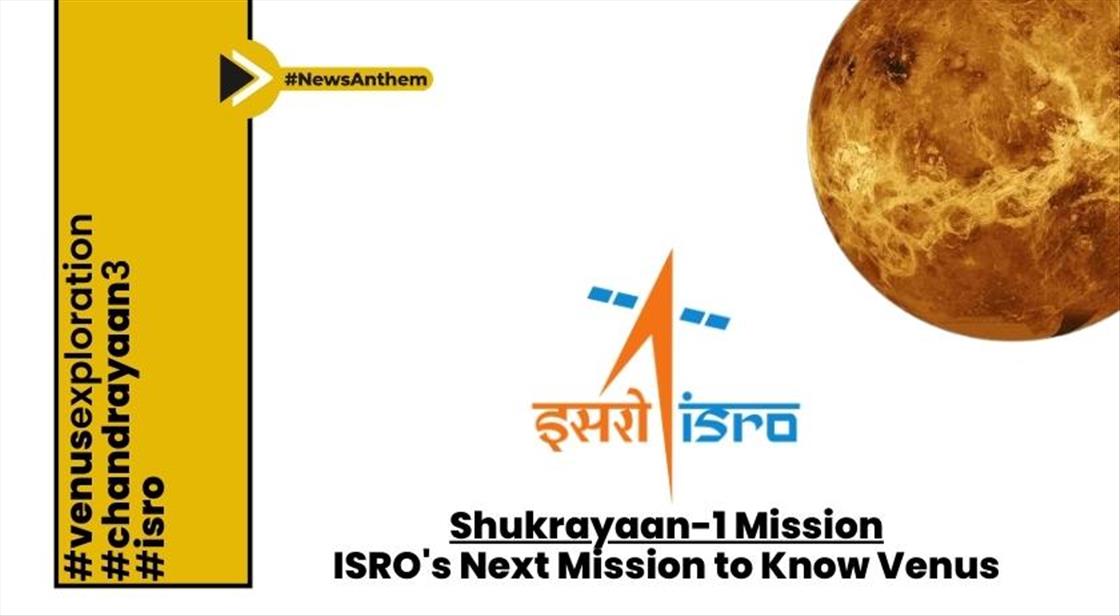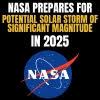Shukrayaan-1 Mission: Unraveling the Exploration of Venus - Launch Date, Budget, and More

News Synopsis
In a historic feat on August 23, 2023, India, through ISRO, achieved the groundbreaking milestone of successfully landing on the South Pole of the Moon. The focus now shifts to the upcoming Shukrayaan-1 mission, an ambitious venture aimed at exploring Venus.
Here's a comprehensive overview of what you need to know about this mission.
Launch Date and Historic Precedence: ISRO's Shukrayaan-1 mission is set to embark on its journey to Venus in December 2024. The significance of this mission lies not only in its future endeavors but also in its historical roots, with the concept conceived as far back as 2012.
Budget Estimates and Instrumentation Levels: The projected cost for the Shukrayaan-1 mission is estimated to fall within the range of ₹500 crore to ₹1,000 crore. This variation depends on the intricacy of instrumentation involved. S. Somanath, the chairman of ISRO, shared this insight, underlining the financial commitment to advancing planetary exploration.
Launch Windows and Delays: Launching a mission from Earth to Venus at the opportune time aligns with specific launch windows occurring approximately every 19 months. However, unforeseen challenges, notably the pandemic, prompted a shift in the originally planned mid-2023 schedule to the revised launch date in December 2024. The delay was attributed to disruptions in manufacturing processes and commitments to commercial launch services.
Alternative Launch Opportunities: ISRO has strategically identified alternative launch opportunities in 2026 and 2028, showcasing the agency's adaptability to unforeseen circumstances and commitment to executing missions with precision.
Orbiter Mission with Advanced Payloads: Shukrayaan-1 is meticulously designed as an orbiter mission, equipped with cutting-edge scientific payloads. Notable instruments include a high-resolution synthetic aperture radar and a ground-penetrating radar. These sophisticated tools are poised to facilitate in-depth research into Venus's geological and volcanic activities, surface emissions, wind patterns, cloud cover, and other planetary characteristics.
Ripple Effects on Other ISRO Projects: The delay in Shukrayaan-1's launch had cascading effects on other ISRO projects, such as Aditya L-1 and Chandrayaan-3. This underlines the interconnected nature of space exploration missions and the need for precise coordination.
Latest facts about Shukrayaan-1 mission:
-
The mission is still in the development phase, and ISRO is working with international partners to finalize the scientific payloads and launch vehicle.
-
ISRO is also working on developing new technologies for the mission, such as a new type of high-resolution SAR instrument.
-
The Shukrayaan-1 mission is expected to provide new insights into the following aspects of Venus:
-
Its geological history and evolution
-
Its current state of activity, including volcanic activity and surface weathering
-
Its atmosphere and climate
-
The presence of any subsurface water or ice
-
-
The Shukrayaan-1 mission is also expected to help scientists to better understand the similarities and differences between Venus and Earth.
The Shukrayaan-1 mission is a major undertaking for ISRO, but it has the potential to make significant contributions to our understanding of Venus. The mission is scheduled to launch in December 2024, and it is expected to last for at least one Venusian year (about 225 Earth days).
You May Like









